Why Juicing Works: A Cardiologist Explains
Tonight my head is spinning like a centrifugal juicer after attending a lecture by Joe Cross, star of the documentary Fat Sick and Nearly Dead. The movie, which chronicles one man’s journey to health through juicing, moved me a few years ago to purchase my first juicer. Which chronicles one man’s journey to health through juicing, moved me a few years ago to purchase my first juicer. It began what is now a regular practice of making fresh green juice several times a week and purchasing fresh cold pressed juice around town regularly.
Joe’s presentation on both using juicing as a method to “reboot” a sick body and mind and also as a supplement to an overall plant-based, whole foods diet was inspiring and medically very accurate. But why is it that juicing is an effective means of redirecting one’s health—whether the goal is vitality, weight loss, or even disease reversal?
Cells in the body require nutrients (i.e. vitamins and minerals) to function optimally. Many of these are referred to asmicronutrients, to distinguish them from the macronutrient classes of fats, carbohydrates and proteins. When cells receive adequate micronutrients, you feel energized and full. On the other hand, many foods provide calories from macronutrients, but are devoid of the essential micronutrients cells crave. These are calorie-dense, nutrition-poor foods and this characterizes most processed foods.
Let’s look at a few more reasons why vegetables, legumes, seeds, and nuts are so powerful. They provide:
1. Fiber.
This is the indigestible portion of plants. Diets high in fiber are associated with lower risks of heart disease, colon cancer, diabetes, and obesity. In the Nurses Health Study, one of the longest-running studies of women’s health, women who ate more fiber were more likely to live longer. There is fiber in broccoli, beans and other members of the vegetable and fruit families, but none will be found in bagels, burgers and almost all other processed foods.
2. Phytonutrients.
These are a family of chemicals found only in plants that often give the color to vegetables but also confer many health benefits. Many of these plant-based chemicals are anti-inflammatory and anti-cancer, such as the sulforphane found in broccoli. There are perhaps 10,000 of these health-promoting chemicals in the edible plant world. (You’ll never find phytonutrients in a bagel.)
3. Antioxidants.
Many chemicals found in plants confer a resistance to the damage that can occur to the human body from oxygen and the process of metabolism. Just as rust can destroy metal, oxidation can lead to diseased arteries or brain cells, and contributes to diabetes and other conditions. Within plants are chemicals such as carotenoids, polyphenols, and flavonoids that are natural antioxidants.
4. Omega-3 fatty acids.
These essential fatty acids, including DHA and EPA, are taken into cell membranes and used for the internal workings and repair of cells throughout the body. While seafood can provide Omega-3 fatty acids, they’re typically absent from other animal products. Flaxseeds, chia seeds, walnuts, hemp seeds, algae and soy are some of the plant-based foods
photo-16 copySo …. how does this get us back to Joe Cross and juicing?
The USDA recommends five or more servings of vegetables and fruits daily while Canadian authorities set the bar higher, saying 10 servings a day is optimal.
In order to consistently ingest this large amount of plant-based material, we need to do some planning.
Some ideas to get your greens: preparing large salads, adding greens in soups, and blending smoothies with berries and greens for a power breakfast or a snack. Juicing is just one more tool you can use to build a plant-based nutrition program rich in phytochemicals, and it can make it easier to reach your goal of 5 to 10 servings a day of vegetables.
“If you let people in white lab coats design your food, you’ll see people in white coats to treat your disease.”
Happy juicing!
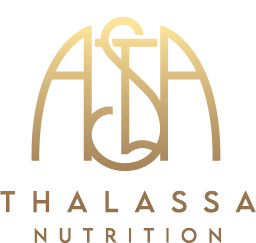
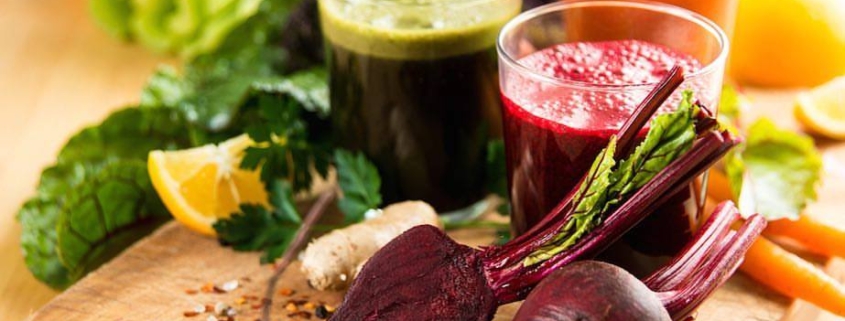 no
no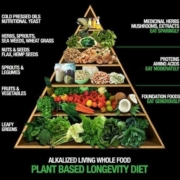 no
no 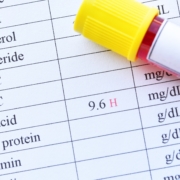 no
no 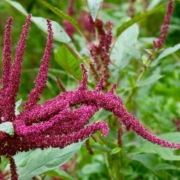 no
no  no
no 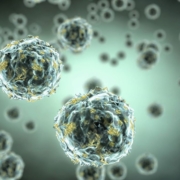
 no
no no
no